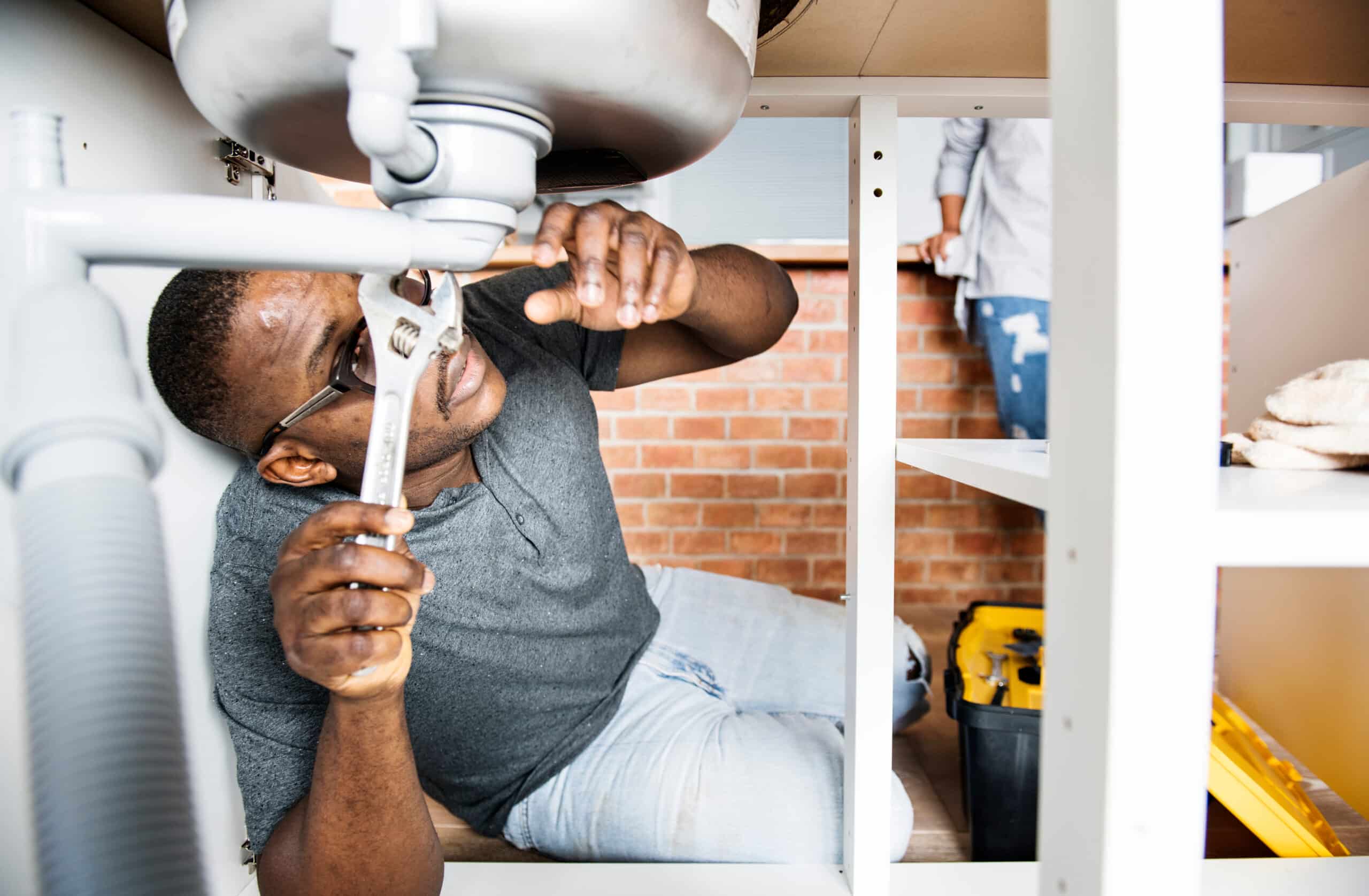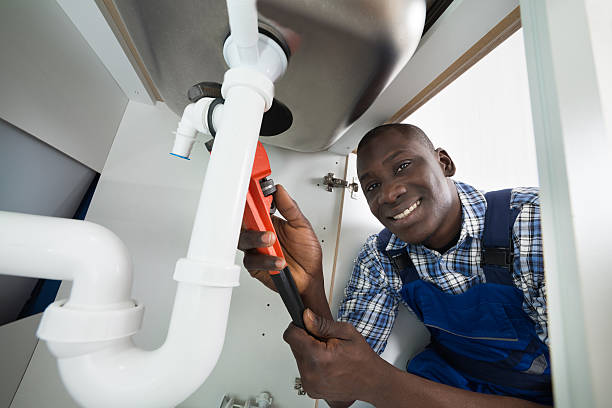Premier Plumber Alabaster AL Ready to Offer You Anytime
Premier Plumber Alabaster AL Ready to Offer You Anytime
Blog Article
A Detailed Overview to Effective Hot Water Heater Setup for Optimal Efficiency
Embarking on the job of installing a water heating unit is an endeavor that demands precision and an organized approach for accomplishing optimum performance. As you continue, the intricacies of linking water supply lines and establishing up reliable electrical or gas links wait for, promising understandings right into ensuring effectiveness and integrity.
Choosing the Right Water Heating Unit

Next, think about the dimension and ability of the hot water heater. It's crucial to evaluate your house's hot water needs, which can differ based on the variety of owners and their usage patterns. A system that's as well small might cause inadequate warm water, while a large version could result in unnecessary energy usage.
Effectiveness scores additionally play a pivotal role in selection. Search for water heating units with high Power Aspect (EF) scores, suggesting premium efficiency and reduced power usage. Tankless designs, though commonly more pricey ahead of time, deal considerable energy cost savings in time due to their on-demand heating capabilities.
Preparing the Installment Location
Before installing a brand-new water heater, careful preparation of the installment area is crucial. It's important to measure the area thoroughly to suit the water heating unit's measurements, making certain sufficient clearance around the device for efficient procedure and maintenance.
Inspect the floor for stability, as the water heating unit will need a solid, level surface to operate effectively. If necessary, install a drip pan beneath the device to capture possible leakages or spills, protecting against water damages to the surrounding location.
Furthermore, make sure that all needed tools and materials are on hand prior to starting the installment. This consists of products such as wrenches, screwdrivers, a level, and any added equipment required for safeguarding the heating unit and installing. A well-prepared installation location establishes the foundation for a successful water heater arrangement, maximizing performance and safety.
Connecting Water Supply Lines
When attaching water lines to your recently installed water heater, it is essential to make certain that all connections are secure and leak-free to keep effective procedure and stop water damage. Begin by recognizing the chilly and hot supply of water lines. The cold water inlet is commonly marked with a blue tag or a "C", while the hot water electrical outlet is marked with a red tag or an "H".
Use versatile water heating system connectors to help with a less complicated installation process. Prior to affixing the connectors, put a plumbing technician's tape around the threaded ends of the water heater's inlet and outlet pipelines.
As soon as connections are More about the author in location, gradually switch on the main water supply valve. Inspect each connection for leaks by visually examining and really feeling for dampness. Tighten connections as needed, and make certain the pressure alleviation valve is properly set up, guarding against excessive pressure accumulation.
Establishing Up Electric or Gas Links
Properly setting up the electrical or gas links for your water heating unit is a critical action to make sure reliable and safe operation. For electrical hot water heater, start by confirming that the electrical circuit works with the heater's voltage and amperage needs. Make certain the power supply is shut off at the circuit breaker to avoid accidents. Attach the electric cables to the heater following the supplier's electrical wiring representation. Generally, this involves attaching the ground cable to the green terminal, and the continuing to be cables to their matching terminals, securing each with cord nuts.
For gas water heating systems, safety and security is extremely important. Link the gas line to the water heating unit using a flexible gas adapter, ensuring it is properly threaded and sealed with pipeline joint substance or Teflon tape ideal for gas connections.
When links are made, check for any kind of prospective leakages. For gas lines, apply a soapy water option to the joints; bubbles indicate a leakage. For electric links, double-check that all electrical wiring is safe and secure and properly protected, maintaining compliance with regional electric codes.
Changing and checking for Performance
With the electrical and gas connections securely in place, the next step is examining the functional performance of your water heater. Begin by very carefully activating the water and ensuring there are no leaks at any of the joints or valves. As soon as validated, continue to load the container, taking notice of the stress and temperature setups. It is suggested to set the thermostat to about his an advised temperature level of around 120 ° F(49 ° C) to balance energy effectiveness and comfort.
Following, do a comprehensive inspection to guarantee the home heating aspects or burner are operating properly. For electrical heating systems, make use of a multimeter to validate if the elements are attracting the appropriate present. In gas designs, observe the heater flame; it must be blue and steady, suggesting efficient combustion.
Adjust the setups as essential to eliminate ineffectiveness. Take into consideration implementing insulation procedures, such as including a hot water heater blanket, to even more boost efficiency by decreasing warm loss. Additionally, inspect the anode rod's problem, as a shabby rod can reduce performance and bring about tank corrosion.
Conclusion
Reliable water heating index system installation is vital for guaranteeing optimum efficiency and power cost savings. Firmly connecting water supply lines and very carefully setting up electrical or gas connections minimize possible problems.

Correctly establishing up the electrical or gas links for your water heater is a crucial action to ensure secure and efficient operation. For electric water heaters, begin by validating that the electric circuit is suitable with the heating unit's voltage and amperage demands. Link the gas line to the water heating unit utilizing a flexible gas adapter, ensuring it is appropriately threaded and secured with pipe joint substance or Teflon tape suitable for gas links.
Report this page